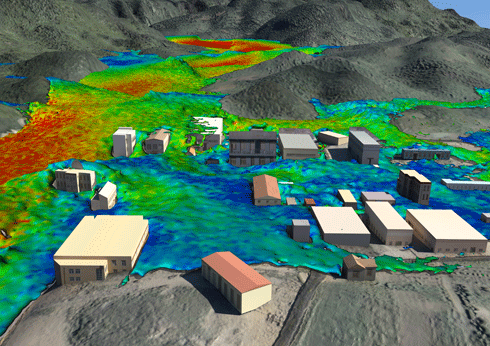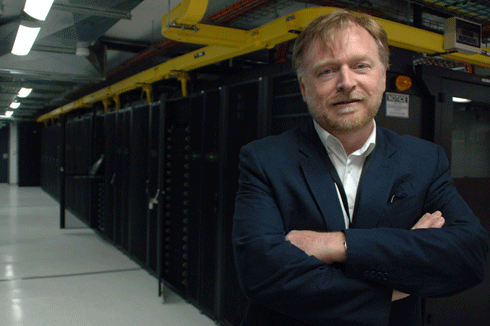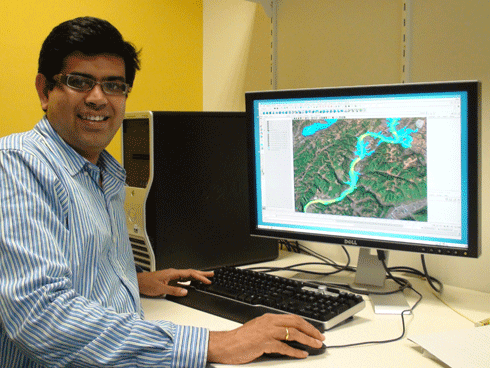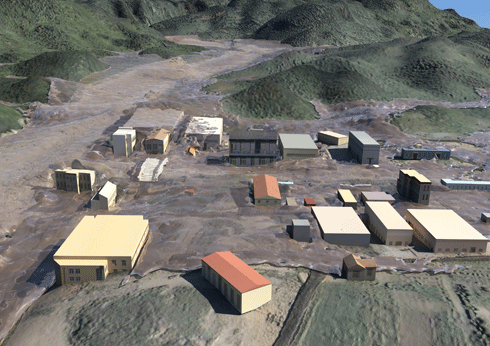
|
Published: 10 April 2012
Arguing the case for carbon capture and storage
While many nations agree on the need for deep cuts to carbon dioxide emissions to the atmosphere, there is no agreement on how this will be achieved and by when. A range of targets, timetables and strategies have been proposed, but in the absence of a binding international agreement on greenhouse gas emissions, progress is slow and global emissions continue to increase.
Governments do, however, agree that there is no single answer to the problem and that a portfolio of responses will be necessary. These include increased energy efficiency, more sequestration of carbon in vegetation and soils, greater use of renewable energy, fuel switching from coal to gas, nuclear power and carbon capture and storage (CCS).
Each of these measures will play their part in cutting emissions. They will be driven by a range of initiatives and policies, including pricing carbon, mandatory renewable energy targets (MRETs), subsidies and improved technologies. Perhaps the most tangible impact has been through MRETs, which have resulted in a major increase in wind power and a more modest, but nonetheless significant, growth in solar photovoltaics in Australia and globally.
However, this growth in renewable energy has been dwarfed by the increase in fossil fuel use (especially coal) to meet increased electricity demand. Further, according to a 2011 report by the Productivity Commission, the cost of mitigation through subsidies to renewables has been staggeringly high for quite modest savings in CO2 emissions. 1
The International Energy Agency (IEA) predicts that fossil fuel use is likely to continue for years. On this basis, they conclude that 19 per cent of the global emissions mitigation effort will need to be met through CCS. This is because coal and natural gas will continue to be widely used – not only for electricity production, but also for processes such as iron and steel production, cement or fertiliser manufacture, which have little scope for replacement by renewables. As long as we continue to use fossil fuels, we need to deploy CCS to mitigate their impact.
For most people, CCS is an unfamiliar – and therefore, questionable – technology. But, the economy and living standards of Australia and many other major countries depend on fossil fuels or nuclear power to provide plentiful and affordable electricity. For the moment, Australia has no plans for nuclear power; the nation generates almost 80 per cent of its power from coal and receives tens of billions of dollars a year from coal and liquid natural gas exports.
We are highly dependent on fossil fuels. It seems unrealistic to assume that this picture will change in the short, or even medium, term. This is why Australia and other countries, such as the United States, Canada, China and the United Kingdom will need to deploy CCS. Public support for decreasing CO2 emissions through CCS and other ‘clean’ technologies will rely on public understanding of the various technology options. 2 Of all these technologies, CCS is perhaps the least understood.
CCS begins with the separation and capture of CO2 from a major stationary source, such as a power station or a gas processing plant. This CO2 is then compressed to a dense liquid and transported by a pipeline to a site with geology suitable for long-term storage. The dense liquid CO2 is injected to depth of 1 kilometre or more below the surface, where it will remain permanently trapped in porous and permeable rocks.
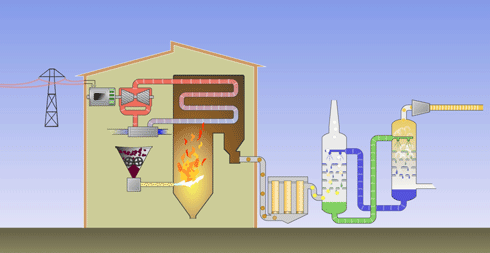
|
|
Post-combustion carbon capture technology: in a traditional coal-fired power station less than 40 per cent of the energy in coal is converted to electricity. Flue gases emitted by the power station normally contain around 10–20 per cent CO2. Post-combustion capture technology enables the capture of up to 95 per cent of CO2 created during energy production.
Credit:
CSIRO
|
Critics argue that CO2 storage is unproven. The reality is that each year, tens of millions of tonnes of CO2 are transported and injected into deep rocks as part of petroleum operations. So, we know a great deal about the behaviour of CO2 in pipelines and in rocks. We also know how to monitor stored CO2 to ensure it does not leak and pose danger. For example, the CO2CRC’s highly successful Otway Project has demonstrated the safe and secure geological storage of tens of thousands of tonnes of CO2 under Australian conditions. 3
What has not yet been done is to deploy CCS on a large scale at a coal or gas-fired power station. This gap in technology testing needs to be addressed.
Is there enough storage space for captured CO2? The Intergovernmental Panel on Climate Change concluded that globally, there is enough storage space to meet all likely needs for the next century. This figure has been supported by subsequent national-scale studies in the United States, the European Union and Australia.
CCS is no more inherently ‘risky’ than many industrial activities that we take for granted, such as making industrial chemicals, or transporting natural gas in a pipeline. Yes, risks may arise if a storage site is inadequately studied, or a well or capture plant is incorrectly operated, but these risks can be managed.
Perhaps the biggest risk associated with CCS is the risk of not deploying it in time to achieve the necessary deep cuts in emissions. A large percentage of today’s coal-fired power stations will still be emitting CO2 to the atmosphere in 20, 30, and even 40 years’ time. Therefore, retrofitting CCS systems to existing power stations must be part of the global emissions reduction strategy.
What about the cost of CCS? Won’t it result in more expensive electricity, and isn’t it more expensive than solar or wind power? Cleaner electricity provided through CCS (or solar or wind) will be more expensive than electricity from conventional coal-fired power stations, but current and projected costs suggest that CCS will be more cost-effective than other alternative technologies.
Putting a price on carbon in the range proposed by Australia, the European Union or any other country is not sufficient to accelerate the deployment of CCS or any other clean energy technology.
For the moment, the uptake of any technology – whether CCS, wind or solar – is far more likely to result from a mandatory target than a low carbon price. In the long term, a necessarily high price on carbon will encourage technology deployment. In the meantime, other measures are necessary: including a range of clean energy technologies.
The mix will vary from country to country. Some countries may offer great scope for hydroelectric power or biomass. For Australia, CCS, solar thermal and geothermal power perhaps have the greatest potential for providing reliable base load power. In the future, the need for nuclear power may also become evident.
Let us continue to develop a picture of the world as we would like it to be, where all our energy requirements are met from sustainable renewable energy; but, let us also plan for the world as it is likely to be for some time to come – a world in which fossil fuels will continue to be used. It is important to Australia, environmentally and economically, to effectively address that reality through a scalable technology such as CCS.
Peter Cook, Professorial Fellow at the University of Melbourne and until recently Chief Executive of the CRC for Greenhouse Gas Technologies, is an internationally recognised research leader in the areas of energy, resource, environmental and greenhouse science. In 1998, he initiated Australia’s first research program into carbon capture and storage as a CO2 mitigation option. He is the author of many articles in reviewed journals and of several books, including a new title from CSIRO Publishing, Clean Energy, Climate and Carbon.
1 See http://www.pc.gov.au/projects/study/carbon-prices
2 ‘Clean’ is used here in the sense that these technologies produce fewer emissions than conventional energy sources.
3 See http://www.co2crc.com.au/otway/



